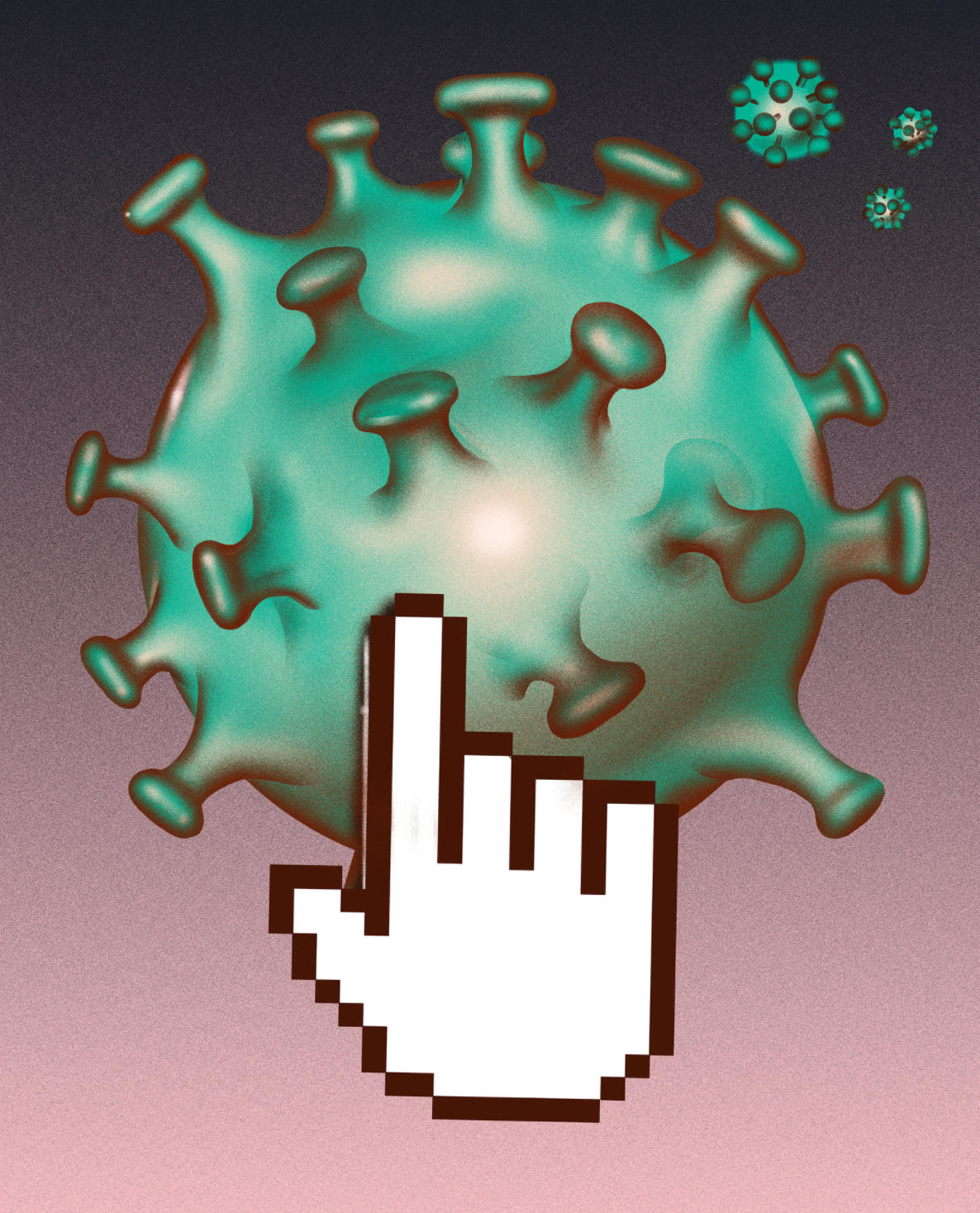If you’re here, you probably run most of your campaigns online. However, these examples of guerrilla marketing campaigns might spark some inspiration for your next breakthrough.
Here are our favorites:
The Liberty Bell prank
In 1996, Taco Bell paid $300,000 to place ads in 6 major newspapers. They used them to announce they were buying The Liberty Bell in an effort to help the national debt.
And the name of the bell would become “The Taco Liberty Bell.”
The prank generated $25 million(!) in free publicity. That’s an 83x ROAS.
The Blair Witch Project
Prior to the movie release, the creators released “missing” posters showing the photos and names of the main actors, creating curiosity around the legend.
Did it work? The Blair Witch Project production cost was $500,000 and it generated $250 million in box office revenue.
Go bullish
The Gold Toe underwear brand put a pair of its (size 3XL) underwear on the famous Wall Street Bull.
It went completely viral and let’s just say they sold lots of underwear.
Monstrous marketing
Before the launch of a new King Kong-themed park attraction, Universal Studios’ smart marketers thought about leaving some huge King Kong footprints and a crushed car on Santa Monica’s beach.
Photobomb
During the 2019 Golden Globes, a woman handing out refreshing Fiji Water strategically photobombed celebrities’ photos.
The viral effect was immediate.
Date a superhero
Marvel, before the launch of the Deadpool movie in 2012, created a Tinder account for Deadpool himself. Users that swiped right were directed to a page to get the tickets.
Hopefully, these push you to create some other viral campaigns. After all, the principles are the same.
You want to create a campaign that is:
- Unconventional, like putting a pair of underwear on Wall Street’s iconic symbol.
- Unexpected: You wouldn’t expect to find Deadpool on Tinder.
- Memorable: The buzz created around such campaigns persists in customers’ minds, so they feel familiar with the brand.
But be careful
People might misunderstand your message. Make sure that when you go viral it makes your brand popular.
And of course doesn’t kill it, instead.


